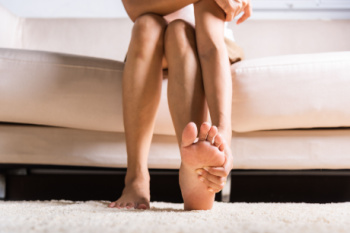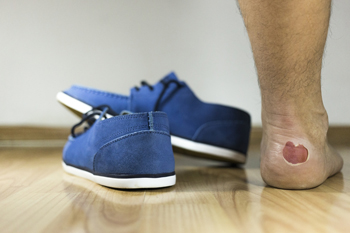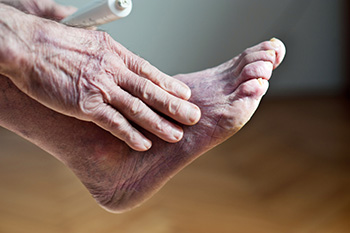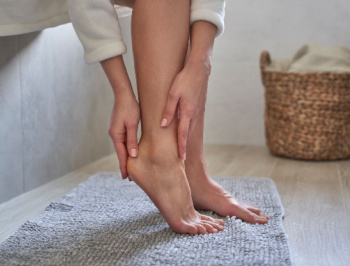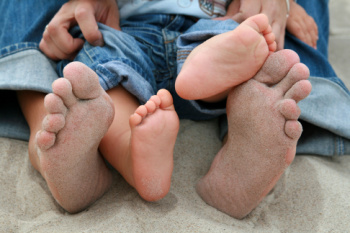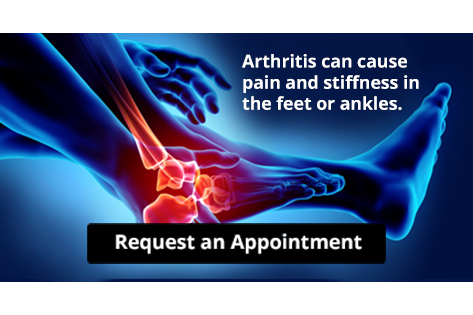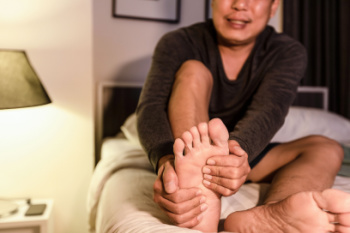
Nerve damage in the feet, especially in the ball of the foot, is a painful issue that can disrupt daily life. This main cause is irritation of nerves between the toes, leading to their enlargement and the formation of benign neuromas. Morton’s neuroma, which typically occurs between the third and fourth toes, is an example, more commonly affecting women. Early symptoms of this type of nerve damage include a mild ache or tingling surrounding the toes, which can progress to a persistent burning sensation that radiates to the tips of the toes. These symptoms are often worsened by wearing tight or non-supportive shoes, combined with thinning fat pads in the foot and poor foot posture. Diagnosis usually involves a thorough examination and history review by a chiropodist, with imaging tests sometimes used to exclude other conditions. Treatment generally focuses on changing footwear, using orthotic devices, and possible injections of corticosteroids to relieve pain. In some cases, cryotherapy or alcohol injections might be effective. If you are experiencing symptoms of nerve damage in the feet, it is suggested that you schedule an appointment with a chiropodist for an exam and diagnosis, followed by a personalized treatment plan.
Neuropathy can cause permanent nerve damage if left untreated. If you are experiencing the symptoms of peripheral neuropathy, please consult with one of the chiropodists from The Footcare Centre. Our chiropodists will assess your condition and provide you with quality foot and ankle treatment.
What Is Peripheral Neuropathy?
Peripheral neuropathy is a condition that damages the nerves of the peripheral nervous system, which provide sensation to the limbs. The feet are often affected. Peripheral neuropathy can have many different causes, but it is most commonly associated with diabetes.
Symptoms
Common symptoms of peripheral neuropathy include:
Pain
Numbness or tingling sensation
Burning sensations
Weakness
Loss of balance
Diagnosis
Peripheral neuropathy is diagnosed based on medical history and physical examination. Various tests performed during physical examinations can help determine the type of peripheral neuropathy you may have and what is causing it.
Treatment
Treatment for peripheral neuropathy will depend on what is causing it. For example, if your peripheral neuropathy is caused by diabetes, then managing your blood sugar, exercising regularly to strengthen the legs and feet, and taking pain medications may be recommended as treatments.
If you have any questions, please feel free to contact our office located in . We offer the newest diagnostic and treatment technologies for all your foot care needs.
